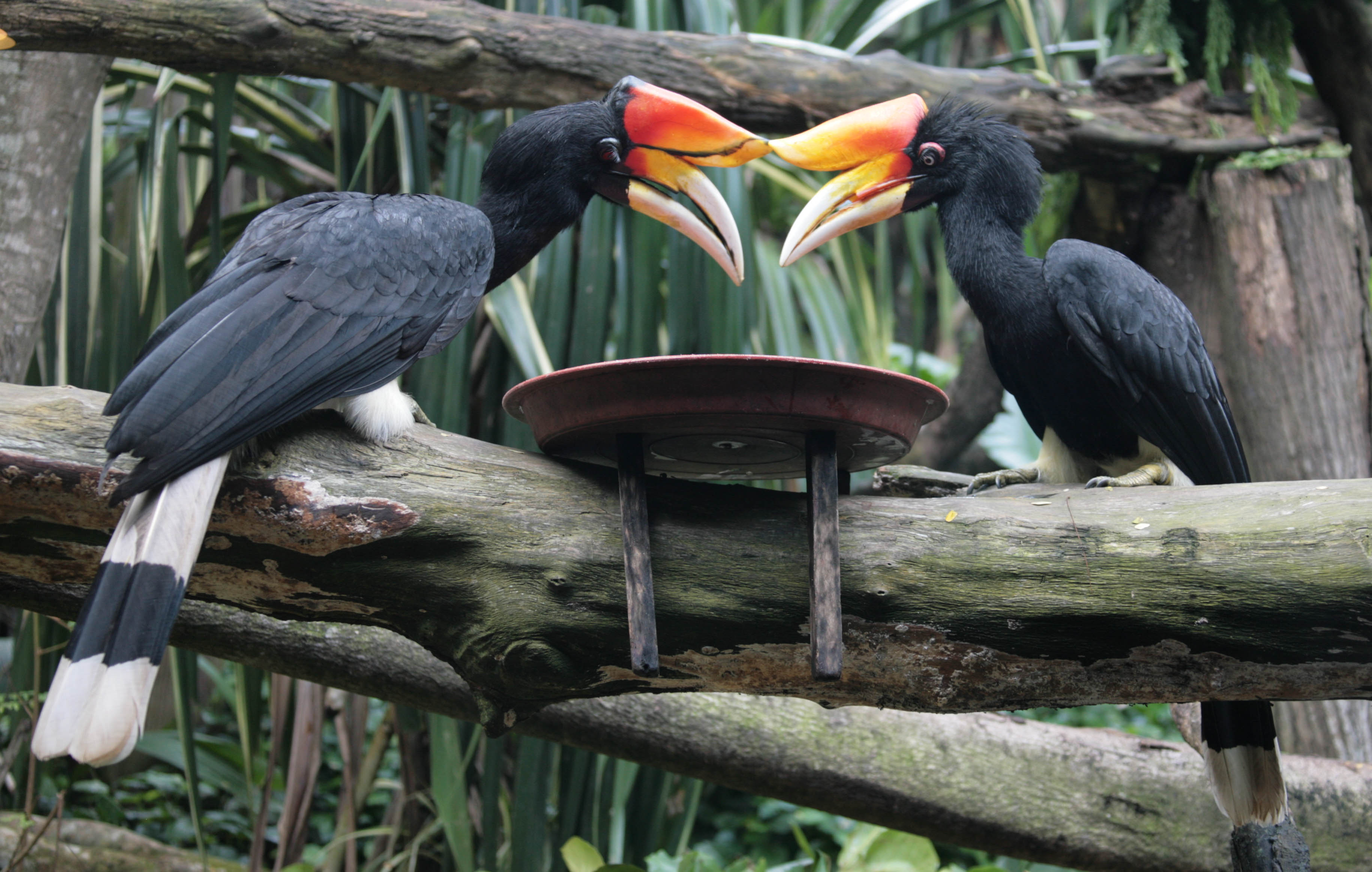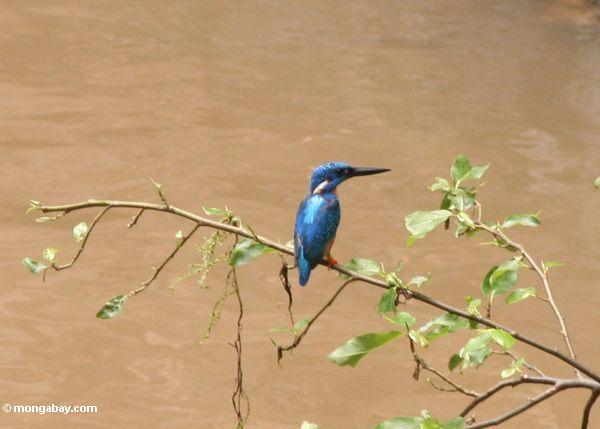Wikipedia
mongabay.com
Tropical Rainforest Biome
Birds of the Tropical Rainforest

Wednesday, October 20, 2010
Cassowary
The Cassowary is voted one of the most dangerous birds on the planet, by the Guinness world records. This bird is very high on the endangered species list, due to the shrinking of their habitat (rainforest). these birds have been around for a very long time. The Cassowary is a large flightless bird. The Cassowary can be from 5 to 6 feet tall. The females are lager than the males, and have more colour. The birds body is covered in black feathers while its neck and head are a purple, blue colour. The Cassowary has a casque on its head which is a helmet like structure. The Cassowary can live up to 60 years of age. The Cassowary mainly eat fruit and fungi, but will also eat frogs, snakes, snails, worms, insects, dead rats and birds.
Jungle Myna
The Jungle Myna is found in Asia, Bangladesh, Pakistan, India, and Burma. The Myna makes 3-4 eggs a year. This bird has black plumage on the head and back and white plumage on the stomach and tips or the tail and underwing. The beak and legs, are a yellowy orange. Younger birds tend to have a browner tinge in the plumage then the adults. This bird eats insects fruits and seeds. some of these birds have actually been kept as pets.
Andean Cock-of-the-rock
The Andean Cock-of-the-rock is the Official bird of Peru. The male has disk like shape on his head as well as the plumage that he has is orange. The female however is quite a bit more browner than the male. The male has a yellowish beak where as the female has a black beak with a yellow tip. The Andean has a black tail, and wings, and is a medium sized bird. The female takes care of the young all by herself after mating she makes a nest under a rock overhang, and cares for them until they hatch. There are many different eye colours in the species varying from red, to orange to white, to yellow, to brown. The Andean is located throughout Venezuela, Columbia, Peru, and Bolivia. The Andean likes to stay in lower forest levels where there are fruit bearing trees. They mainly eat fruits, and insects, but frogs and lizards have been seens as another food source.
Rhinoceros Hornbill
The Rhinoceros Hornbill is one of the biggest of the hornbills. Hornbills can live in captivity for up to 35 years. Females have whitish eyes, while the males have orangey-reddish eyes. The Hornbills beak is mainly red while its casque is reddish yellow ( a casque is a helmet like part or process ). The Rhinoceros Hornbill lives in Malay Peninsula, Singapore,Sumatra, Java, and Borneo. These particular hornbills lay their eggs in hollow trees, but the female must first be able to trust her partner before doing so. The male is responsible for bringing the young and the female food while they are in the hollow tree. The rhinoceros hornbill eats fruit, insects, small reptiles, rodents and small birds.
Tuesday, October 19, 2010
Great Hornbill
The Great Hornbill is found in the tropical forests of Asia. Its well known for its horn, although its not a horn, rather a colored, horny growth known as a casque. It is a large bird, 95-120 cm long, with a 152 cm wingspan and a weight of 2.15–4 kg. Its appearance is black and white, while its head is yellow and white, with its beak being orange and yellow on top, white on the bottom. Its diet is fruit, figs, insects, nestling birds, and small lizards. It can live a very long life in captivity, almost up to 50 years.
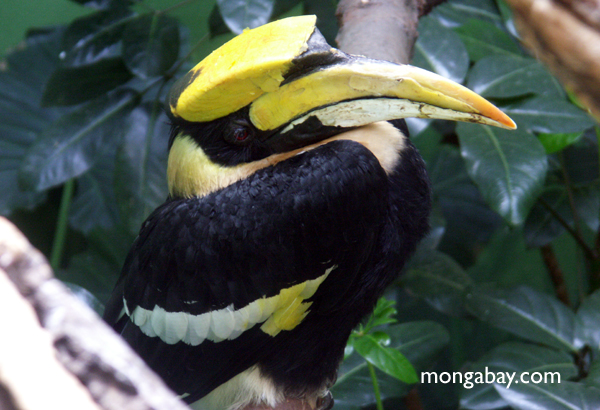

Blue-eared Kingfisher
The blue eared kingfisher is found in tropical forests in south east Asia. Its appearance is a mixture of blues, both dark and light, with richer rufous under parts and has a long small beak. Its main diet is small fish, berries and nuts. Its length is about 16cm, and its long beak is best suited for catching small fish. It is unknown what their population is, it is said that it is estimated to be volunerable to extinction.
Subscribe to:
Posts (Atom)
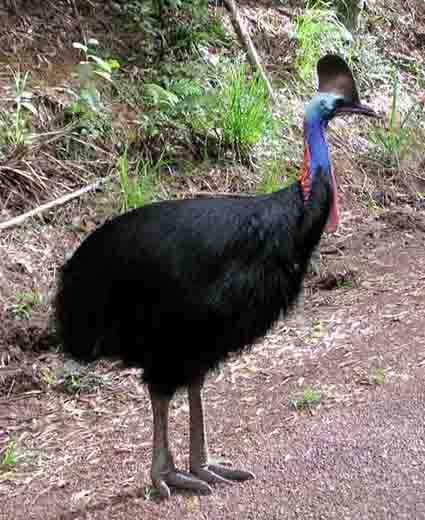
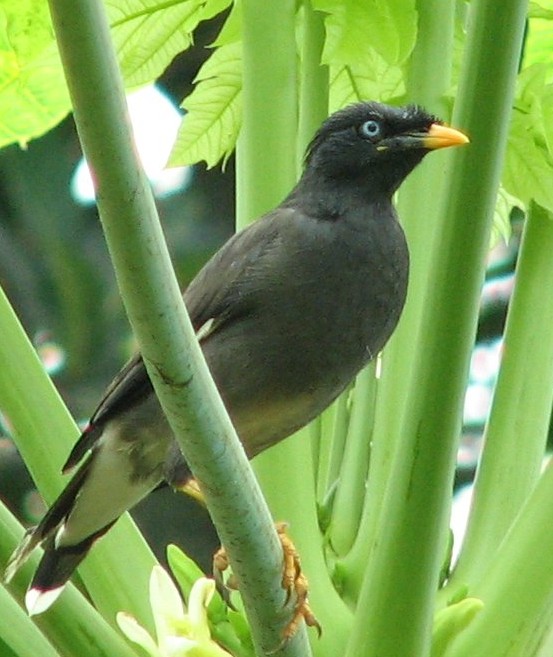
_-San_Diego_Zoo-8a.jpg)
